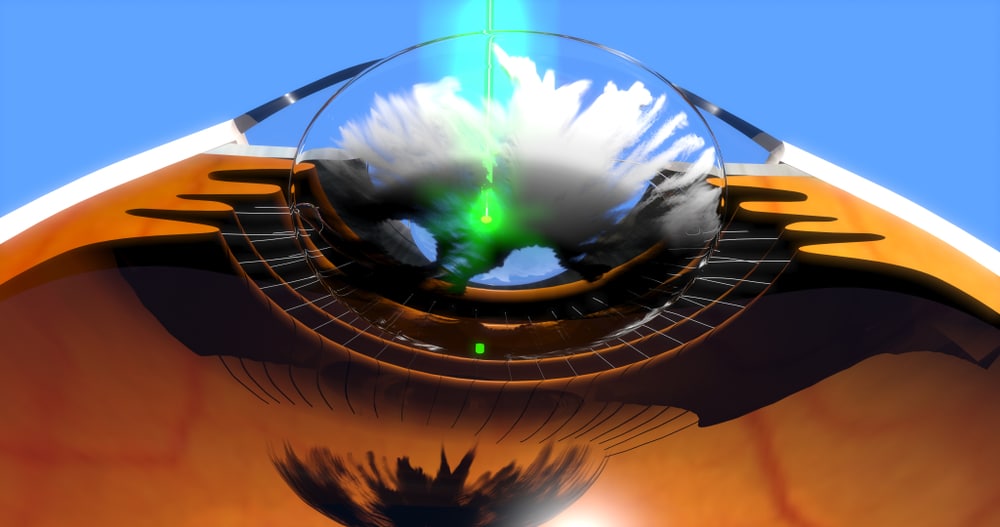YAG Laser Treatment

A posterior capsulotomy is a laser procedure that sometimes is necessary after cataract surgery.
During cataract surgery, part of the front (anterior) capsule of the eye’s natural lens is removed to gain access to and remove the lens. The clear, back (posterior) capsule remains intact and supports an intraocular lens (IOL), a plastic or silicone disc that is implanted in the eye and replaces the natural lens. As long as that capsule stays clear, you will experience good vision. But in 10% to 30% of cases, the posterior capsule loses its clarity. When this happens, the ophthalmologist can create an opening in the capsule using a laser in order to restore normal vision. This procedure is called a posterior capsulotomy.
Before the laser procedure, the ophthalmologist does a thorough ophthalmic examination to make sure there is no other reason for vision loss.
The posterior capsulotomy, or YAG laser treatment, is painless and takes approximately five minutes. Eye pressure is measured 30 minutes after the operation to make sure it is not elevated, and anti-inflammatory medicated eyedrops are usually prescribed for three days following the procedure. Vision usually improves within hours.
Potential but rare complications following laser posterior capsulotomy are increased intraocular pressure and retinal detachment.
